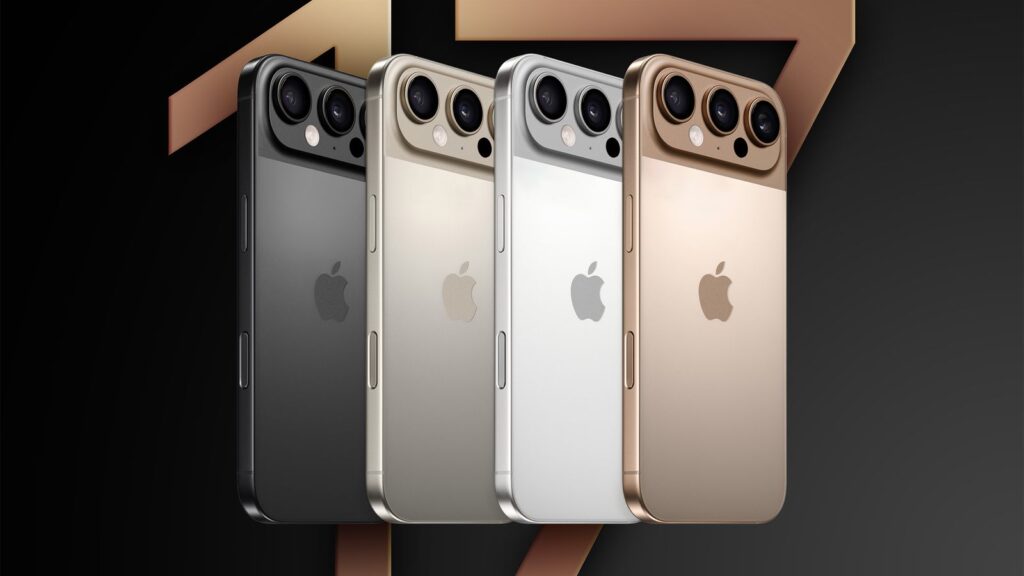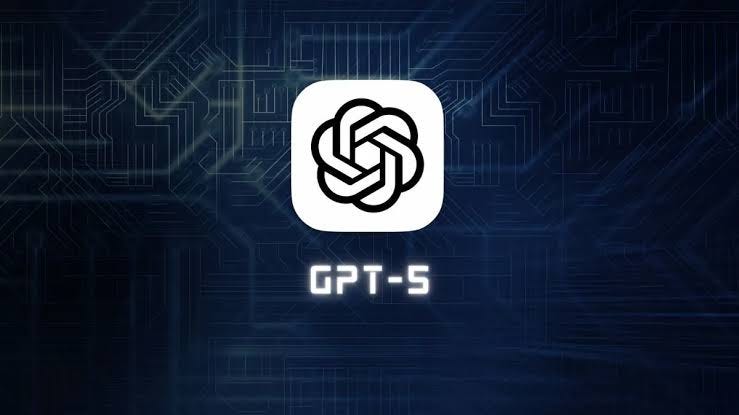The inside story of the Cisco prototype chip and the next generation of quantum networking
Cisco has made a giant step to future internet. In May, the network giant disclosed a prototype chip that is able to transmit and receive quantum bits, or qubits, over a regular fiber. Although the device remains in a laboratory, it demonstrates that the future of ultra-secure, ultra-precise networks is no longer a level of science fiction.
What is special about a quantum network?
The bits moving on the internet today are 0 or 1. Instead, quantum networks exchange those classical bits with qubits that are 0 and 1 at the same time. What is more important, qubits can be entangled in pairs. Alter one of them, and its companion varies immediately, however, distant the one and the other. That odd connection allows engineers to create channel through which any eavesdropper can be revealed when the eavesdropper touches the signal.
The way the chip of Cisco works
How Cisco achieves this by using a chip that generates entangled photons with a small laser on a silicon wafer and then encodes data onto the photons using phase modulators similar to those used in common telecom equipment. Since the components are assembled using regular silicon photonics, it is compatible with a rack unit, as opposed to a physics lab bench. The team has already managed to entangle photons 80 km through commercial fiber without any special cooling conditions, a major success in terms of real-world applications.
It is important because
Banking and finance: Quantum key distribution may serve to secure existing and future wire transfers and high-frequency trades against subsequent attacks by quantum computers which could possibly crack current encryption.
National defense: Militaries will have a command-and-control structure with a tamper-evident backbone, as any manipulation can be detected in real-time in an entangled network.
GPS-level timing: Entangled photons could synchronize atomic clocks in separate data centers to fractions of a billionth of a second, enhancing time marking on stock exchanges and in scientific tests.
Dispersed computing: Connecting quantum computers across distances has the potential to scale their capacity in a manner similar to how classical data center CPUs are scaled today.
The next thing is
The next step of Cisco is a field test between its novel Quantum Lab and a partner university located six kilometers distance. In the case the test remains stable in ninety days the firm intends to publish a developer kit to enable startups to code quantum-secure networking software. Providing first in the metro area and then across backbone links extending between major cities is likely to take place within the next five years. Coverage across the whole globe will be enabled.



